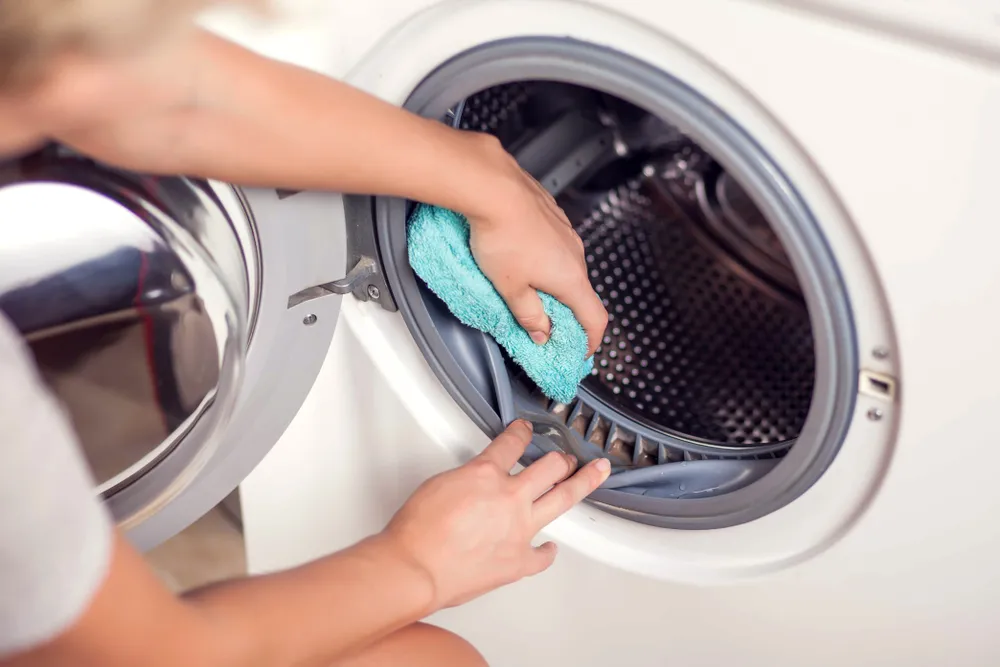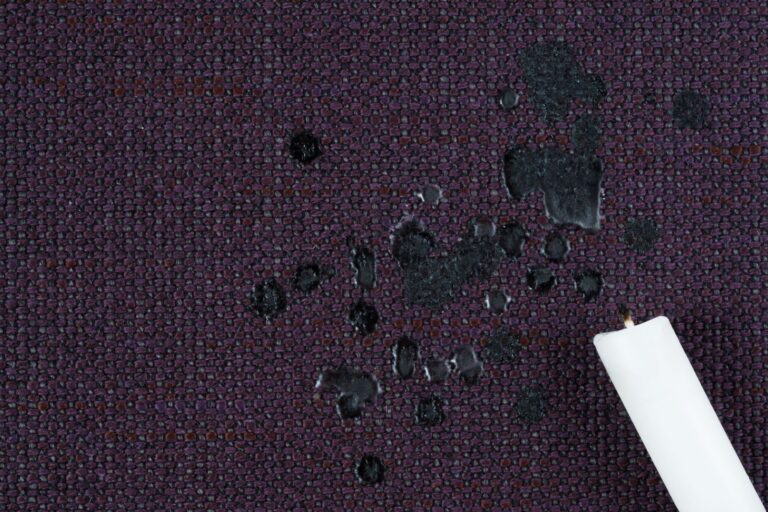Have you ever found your clothes torn, stretched, or mysteriously missing after a wash? Washing machines are essential for laundry care, but improper use can lead to damaged or lost clothes. If you’ve ever wondered, “do washing machines destroy clothes?“, you’re not alone. This guide explores the common causes of such issues, how to prevent laundry damage, and the best laundry tips and tricks to keep your garments safe and intact.
Importance of Proper Washing Machine Care and Laundry Techniques
Taking good care of your washing machine and using smart laundry techniques can do more than just protect your clothes—it can also save you money, time, and reduce environmental waste. A well-maintained machine not only lasts longer but also ensures your favorite outfits come out looking fresh and damage-free, load after load.
Neglecting proper laundry care, however, can quickly lead to costly repairs, frequent replacements of worn-out clothing, and unnecessary waste. The good news? By adopting easy habits like regularly cleaning your machine, sorting laundry properly, and selecting the right detergents, you can avoid torn clothes in the wash and make laundry day much less stressful.
Common Causes of Clothes Damage in Washing Machines
Understanding why clothes get damaged in the wash is key to preventing it. If you’ve asked yourself, “Is washing machine effective for all fabrics?” the answer often depends on proper use. Here’s a breakdown of the usual suspects and how to avoid them:
Overloading the Machine
Overloading washing machines is a common laundry mistake that leads to uneven washing and puts stress on fabrics, causing tears and wear. It also strains the motor and drum, increasing the likelihood of mechanical failure.
Zippers and Buttons
Unsecured zippers and buttons can snag other clothes, leading to holes or frayed fabric. These tiny culprits can also damage the drum or leave scratches that harm delicate fabrics.
Improper Detergent Use
Using too much detergent or the wrong type can leave residues that weaken fabric fibers over time. Over-sudsing can also disrupt the rinse cycle, leaving soap build-up on your clothes and affecting washing machine maintenance.
Drum Issues
Sharp edges, cracks, or debris in the drum can cause tears or snag delicate fabrics. Regular inspection can help avoid clothes stuck in the washing machine.
Loose or Small Items
Small items like socks can get trapped in washing clothes equipment, such as the drum or between the door seal, leading to damage or clogged drainage systems.
Using the Wrong Wash Cycle
Choosing the wrong wash cycle is another common mistake. For example, using a heavy-duty cycle for delicates can stretch or shrink fabrics, making you wonder, “Is washing my clothes safe this way?”
Faulty Machine Parts
Worn-out components like seals and paddles can damage clothes. Early detection of these issues is vital to prevent laundry damage and extend your machine’s life.
Foreign Objects in the Drum
Items like coins, keys, or pens left in pockets can damage both your clothes and the washing machine. Always check pockets before loading the washer.

Tips to Prevent Clothes from Getting Damaged
You don’t have to dread laundry day or write a washing clothes essay about your mishaps. Simple steps can make a big difference:
Sort Laundry Carefully
Separate clothes by fabric type, color, and level of dirtiness to avoid cross-contamination and damage. Grouping similar items ensures they receive the right care during the wash cycle.
Secure Delicate Items
Place delicate fabrics in mesh laundry bags to shield them from rougher items and machine agitation. This is especially important for lace, silk, or garments with embellishments.
Fasten Hardware
Close all zippers, buttons, and hooks before washing to prevent snagging. This simple step can save your clothes from unnecessary damage.
Don’t Overload the Drum
Leave enough space for clothes to move freely for an effective and gentle wash. Overloading not only damages clothes but also affects the machine’s efficiency.
Choose the Right Settings
Select the appropriate wash cycle and water temperature based on the fabric type. For example, use cold water for delicates and hot water for heavily soiled items.
Inspect and Clean the Machine Regularly
Check for debris, loose parts, or residues in the drum and door seal, and clean the filter as part of routine maintenance. Routine maintenance, like washing machine filter cleaning, keeps your machine performing its best.
What to Do If Clothes Get Caught or Damaged
When you discover clothes stuck in the washing machine or torn during a cycle, quick action can minimize damage:
- Stop the Machine Immediately
Turn off the machine to prevent further damage. Continuing the cycle could worsen the situation.
- Inspect the Drum
Check for trapped clothing or objects causing the issue. Pay attention to areas around the door seal and paddles.
- Carefully Remove Items
Gently free any stuck fabric to avoid tearing it further. If items are deeply lodged, consult your machine’s manual for guidance.
- Repair Damaged Clothes
Use fabric glue, patches, or sewing techniques to mend small tears. For larger damage, consider professional repair.
- Address Machine Issues
Inspect the drum, paddles, and seals for faults. If the problem persists, contact a technician to resolve mechanical issues.
- Reassess Your Laundry Habits
Identify mistakes such as overloading or using the wrong cycle and adjust your practices to avoid repeat incidents.

Proactive Maintenance Tips for Your Washing Machine
Proper washing machine maintenance, or keeping your washing machine in top condition prevents damage to both the appliance and your clothes. Avoid torn clothes in the wash. Here’s how:
Clean the Filter
Remove lint, coins, and other debris from the filter monthly to ensure proper drainage and machine performance.
Inspect the Drum
Before every wash, check for foreign objects or sharp edges that could damage clothes.
Balance the Load
Distribute clothes evenly to reduce strain on the drum and motor. An unbalanced load can lead to excessive wear and tear.
Use the Right Detergent
Follow the manufacturer’s guidelines for detergent type and quantity. Too much detergent can harm fabrics and clog the machine.
Check the Seals and Hoses
Look for cracks, leaks, or wear that could lead to water damage or operational issues. Replace parts as needed.
Schedule Professional Servicing
Have a technician inspect your machine annually to identify potential problems and keep it running efficiently.
Reliable Laundry Solutions in San Antonio
Is your washing machine eating clothes? Do you always find your clothes stuck in washing machines? Avoiding torn or damaged clothes starts with proper laundry care. For a professional and worry-free experience, visit SpinXpress in San Antonio. Their state-of-the-art equipment and laundry expertise ensure your clothes stay in excellent condition. Whether you’re washing everyday items or delicate fabrics, SpinXpress offers solutions tailored to your needs. Explore their services at SpinXpress San Antonio to experience the difference today.





